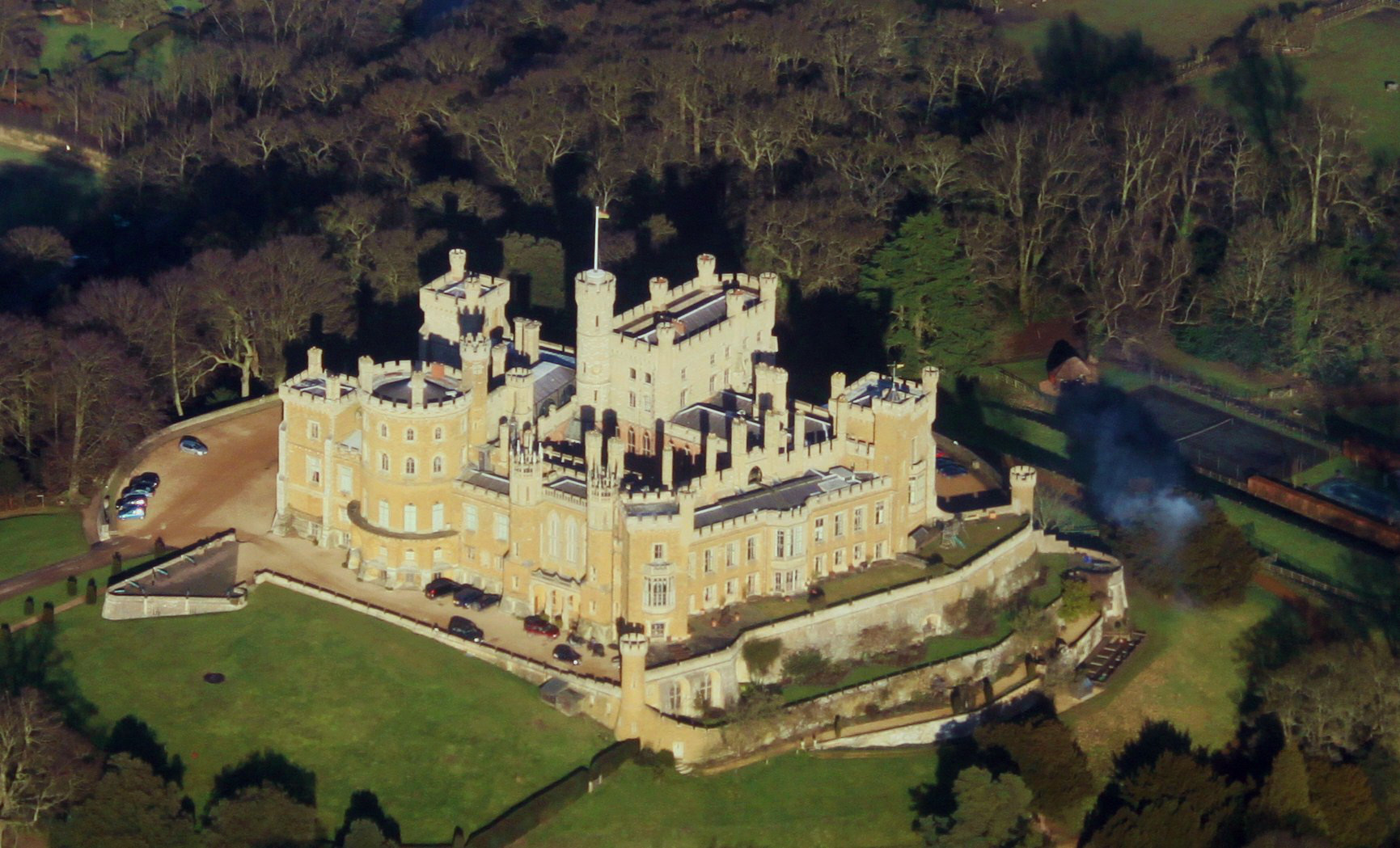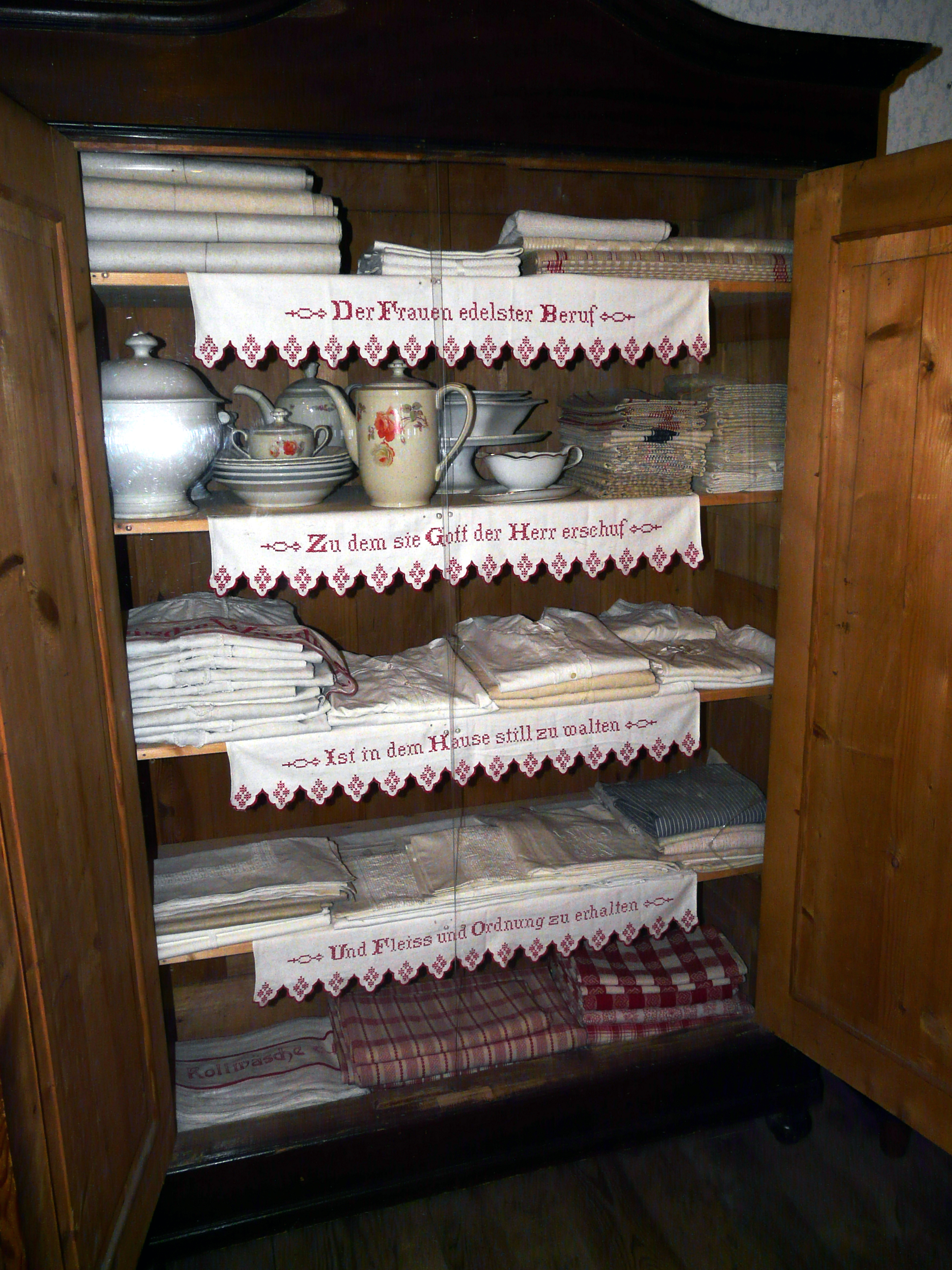|
Garendon Abbey
Garendon Abbey was a Cistercian abbey located between Shepshed and Loughborough, in Leicestershire, United Kingdom. History Garendon was founded by Robert de Beaumont, 2nd Earl of Leicester, in 1133, and was probably a daughter house of Waverley Abbey in Surrey. Garendon was one of a number of religious establishments founded or patronised by Robert. He endowed the abbey with 690 acres of land in Garendon, a Burgage tenement in Leicester and land at Dishley, Shepshed and Ringolthorpe.'House of Cistercian monks: The abbey of Garendon' //A History of the County of Leicestershire//: volume 2 (1954), pp. 5-7. Date accessed: 20 June 2013 Within a century of foundation, the abbey gained lands at [...More Info...] [...Related Items...] OR: [Wikipedia] [Google] [Baidu] |
Cistercian
The Cistercians, () officially the Order of Cistercians ( la, (Sacer) Ordo Cisterciensis, abbreviated as OCist or SOCist), are a Catholic religious order of monks and nuns that branched off from the Benedictines and follow the Rule of Saint Benedict, as well as the contributions of the highly-influential Saint Bernard of Clairvaux, known as the Latin Rule. They are also known as Bernardines, after Saint Bernard himself, or as White Monks, in reference to the colour of the "cuculla" or cowl (choir robe) worn by the Cistercians over their habits, as opposed to the black cowl worn by Benedictines. The term ''Cistercian'' derives from ''Cistercium,'' the Latin name for the locale of Cîteaux, near Dijon in eastern France. It was here that a group of Benedictine monks from the monastery of Molesme founded Cîteaux Abbey in 1098, with the goal of following more closely the Rule of Saint Benedict. The best known of them were Robert of Molesme, Alberic of Cîteaux and the Engl ... [...More Info...] [...Related Items...] OR: [Wikipedia] [Google] [Baidu] |
George Villiers, 2nd Duke Of Buckingham
George Villiers, 2nd Duke of Buckingham, 20th Baron de Ros, (30 January 1628 – 16 April 1687) was an English statesman and poet. Life Early life George was the son of George Villiers, 1st Duke of Buckingham, favourite of James I and Charles I, and his wife Katherine Manners. He was only seven months old when his father was assassinated at Portsmouth by the disaffected officer John Felton. Subsequently, he was brought up in the royal household of Charles I, together with his younger brother Francis and the King's own children, the future Charles II and James II. He was educated at Trinity College, Cambridge, where he obtained the degree of Master of Arts in 1642. For a time he was taught geometry by Thomas Hobbes. During this time he was also acquainted with George Aglionby, whose influence he later accredited with persuading him to follow the English King in the Civil War. Involvement in the English Civil War In the Civil War he fought for the King, ... [...More Info...] [...Related Items...] OR: [Wikipedia] [Google] [Baidu] |
George Villiers, 1st Duke Of Buckingham
George Villiers, 1st Duke of Buckingham, 28 August 1592 – 23 August 1628), was an English courtier, statesman, and patron of the arts. He was a favourite and possibly also a lover of King James I of England. Buckingham remained at the height of royal favour for the first three years of the reign of James's son, King Charles I, until a disgruntled army officer assassinated him. Early life Villiers was born in Brooksby, Leicestershire, on 28 August 1592, the son of the minor gentleman Sir George Villiers (1550–1606). His mother, Mary (1570–1632), daughter of Anthony Beaumont of Glenfield, Leicestershire, was widowed early. She educated her son for a courtier's life and sent him to travel in France with John Eliot. Villiers took to the training set by his mother: he could dance and fence well, spoke a little French, and overall became an excellent student. Godfrey Goodman (Bishop of Gloucester from 1624 to 1655) declared Villiers "the handsomest-bodied m ... [...More Info...] [...Related Items...] OR: [Wikipedia] [Google] [Baidu] |
Francis Manners, 6th Earl Of Rutland
Francis Manners, 6th Earl of Rutland, KG (1578–1632) was an English nobleman. Despite a brief imprisonment for his involvement in the Essex Rebellion of 1601, he became prominent at the court of James I. He lived at Belvoir Castle in Leicestershire. In 1618 three women, the "Witches of Belvoir", were accused of witchcraft for having allegedly caused the deaths of his two young sons. Biography Francis Manners was the second son of John Manners, 4th Earl of Rutland, and Elizabeth Charlton (died 1595), the daughter of Francis Charlton of Apley Castle, Shropshire. In 1598, he went abroad, travelling through France, Germany, and Italy, probably in the company of the former school teacher Robert Dalllington and Inigo Jones. On his return to England he took part, along with his older brother Roger and their younger brother George, in the 1601 rebellion of Robert Devereux, 2nd Earl of Essex, and was imprisoned in the Poultry Counter. He was fined a thousand marks and committed t ... [...More Info...] [...Related Items...] OR: [Wikipedia] [Google] [Baidu] |
Katherine Villiers, Duchess Of Buckingham
Katherine Villiers, Duchess of Buckingham, Marchioness of Antrim, 18th Baroness de Ros of Helmsley (''née'' Lady Katherine Manners; died 1649) was an English aristocrat. The daughter and heir of Francis Manners, 6th Earl of Rutland, she was known as the richest woman in Britain outside of the royal family. She married first George Villiers, 1st Duke of Buckingham, the favourite, and possibly lover, of King James I of England; and secondly, she married the Irish peer Randal MacDonnell, 1st Marquess of Antrim. Family Lady Katherine Manners was the only daughter of Francis Manners, 6th Earl of Rutland, by his first wife, Frances Knyvet (d. before 26 November 1605), widow of Sir William Bevill of Killigarth or Kilkhampton, Cornwall, and third daughter and coheir of Sir Henry Knyvet of Charlton, Wiltshire, by Elizabeth Stumpe, the daughter of Sir James Stumpe of Bromham, Wiltshire. In 1613 Katherine and several of her relatives fell ill at their home in Belvoir Castle, ... [...More Info...] [...Related Items...] OR: [Wikipedia] [Google] [Baidu] |
Dowry
A dowry is a payment, such as property or money, paid by the bride's family to the groom or his family at the time of marriage. Dowry contrasts with the related concepts of bride price and dower. While bride price or bride service is a payment by the groom, or his family, to the bride, or her family, dowry is the wealth transferred from the bride, or her family, to the groom, or his family. Similarly, dower is the property settled on the bride herself, by the groom at the time of marriage, and which remains under her ownership and control. Dowry is an ancient custom that is already mentioned in some of the earliest writings, and its existence may well predate records of it. Dowries continue to be expected and demanded as a condition to accept a marriage proposal in some parts of the world, mainly in parts of Asia, The custom of dowry is most common in cultures that are strongly patrilineal and that expect women to reside with or near their husband's family (patrilocality). D ... [...More Info...] [...Related Items...] OR: [Wikipedia] [Google] [Baidu] |
Thomas Manners, 1st Earl Of Rutland
Thomas Manners, 1st Earl of Rutland, 12th Baron de Ros of Helmsley, KG (c. 1497{{snd20 September 1543), of Belvoir Castle in Leicestershire (adjacent to the small county of Rutland), was created Earl of Rutland by King Henry VIII in 1525. Origins Thomas was the son of Sir George Manners, 11th Baron de Ros (c. 1470{{snd1513) by his wife Anne St Leger (1476–1526). His maternal grandparents were Sir Thomas St Leger (c. 1440–1483) and Anne of York (1439–1476), a daughter of Richard Plantagenet, 3rd Duke of York and Cecily Neville. She was thus an elder sister of Kings Edward IV (1461–1483) and of his brother and eventual successor, Richard III (1483–1485). Her other brothers were Edmund, Earl of Rutland and George Plantagenet, 1st Duke of Clarence. Her sisters included Elizabeth of York, Duchess of Suffolk and Margaret of York. Anne St Leger's first cousin, Elizabeth of York, married Henry Tudor and was the mother of Henry VIII and grandmother of Elizabeth I. ... [...More Info...] [...Related Items...] OR: [Wikipedia] [Google] [Baidu] |
Henry VIII Of England
Henry VIII (28 June 149128 January 1547) was King of England from 22 April 1509 until his death in 1547. Henry is best known for his six marriages, and for his efforts to have his first marriage (to Catherine of Aragon) annulled. His disagreement with Pope Clement VII about such an annulment led Henry to initiate the English Reformation, separating the Church of England from papal authority. He appointed himself Supreme Head of the Church of England and dissolved convents and monasteries, for which he was excommunicated by the pope. Henry is also known as "the father of the Royal Navy" as he invested heavily in the navy and increased its size from a few to more than 50 ships, and established the Navy Board. Domestically, Henry is known for his radical changes to the English Constitution, ushering in the theory of the divine right of kings in opposition to papal supremacy. He also greatly expanded royal power during his reign. He frequently used charges of treason an ... [...More Info...] [...Related Items...] OR: [Wikipedia] [Google] [Baidu] |
Temple Of Venus Garendon Park
A temple (from the Latin ) is a building reserved for spiritual rituals and activities such as prayer and sacrifice. Religions which erect temples include Christianity (whose temples are typically called churches), Hinduism (whose temples are called Mandir), Buddhism, Sikhism (whose temples are called gurudwara), Jainism (whose temples are sometimes called derasar), Islam (whose temples are called mosques), Judaism (whose temples are called synagogues), Zoroastrianism (whose temples are sometimes called Agiary), the Baha'i Faith (which are often simply referred to as Baha'i House of Worship), Taoism (which are sometimes called Daoguan), Shinto (which are sometimes called Jinja), Confucianism (which are sometimes called the Temple of Confucius), and ancient religions such as the Ancient Egyptian religion and the Ancient Greek religion. The form and function of temples are thus very variable, though they are often considered by believers to be, in some sense, the "house ... [...More Info...] [...Related Items...] OR: [Wikipedia] [Google] [Baidu] |
Bordesley Abbey
Bordesley Abbey was a 12th-century Cistercian abbey near the town of Redditch, in Worcestershire, England. The abbey's foundation was an act of Waleran de Beaumont, Count of Meulan, who gave the monks of Garendon Abbey in Leicestershire some more land. However, Empress Matilda laid claim to the patronage of Bordesley once Waleran surrendered to her in about 1141, thus making Bordesley a royal house. Bordesley Abbey was once an important local ecclesiastical centre, holding political control of the ancient township of Tardebigge. It was demolished by Henry VIII during the dissolution of the monasteries in 1538 and the property was sold. The ruins are now an archaeological site, undergoing investigation since 1969 by the University of Reading's ''Bordesley Abbey Project''. Many of the excavated items can be seen in a visitor centre and museum at the site, which is joined with the Forge Mill Needle Museum. Guy de Beauchamp, 10th Earl of Warwick, was buried in the Abbey. Descri ... [...More Info...] [...Related Items...] OR: [Wikipedia] [Google] [Baidu] |
Biddlesden Abbey
Biddlesden was a Cistercian abbey founded in 1147 by Arnold de Bosco (de Bois), steward to the Earl of Leicester. Abbot William Wibert was deposed in 1198 for fraud, gross immorality and bribery. In the 14th to 15th centuries there was a long running dispute with the parish of Wappenham concerning the collection of tithes. It was never a wealthy house for most of its history and would have been dissolved in 1536 if the monks had not petitioned, and paid, for its continuation. The monastery was finally surrendered in September 1538 and became the possession of Thomas Lord Wriothesley. In the 1730s, the ruins of the abbey were demolished and a house built upon the site, Biddlesden Park House, now a grade II listed building In the United Kingdom, a listed building or listed structure is one that has been placed on one of the four statutory lists maintained by Historic England in England, Historic Environment Scotland in Scotland, in Wales, and the Northern I .... A few ... [...More Info...] [...Related Items...] OR: [Wikipedia] [Google] [Baidu] |








